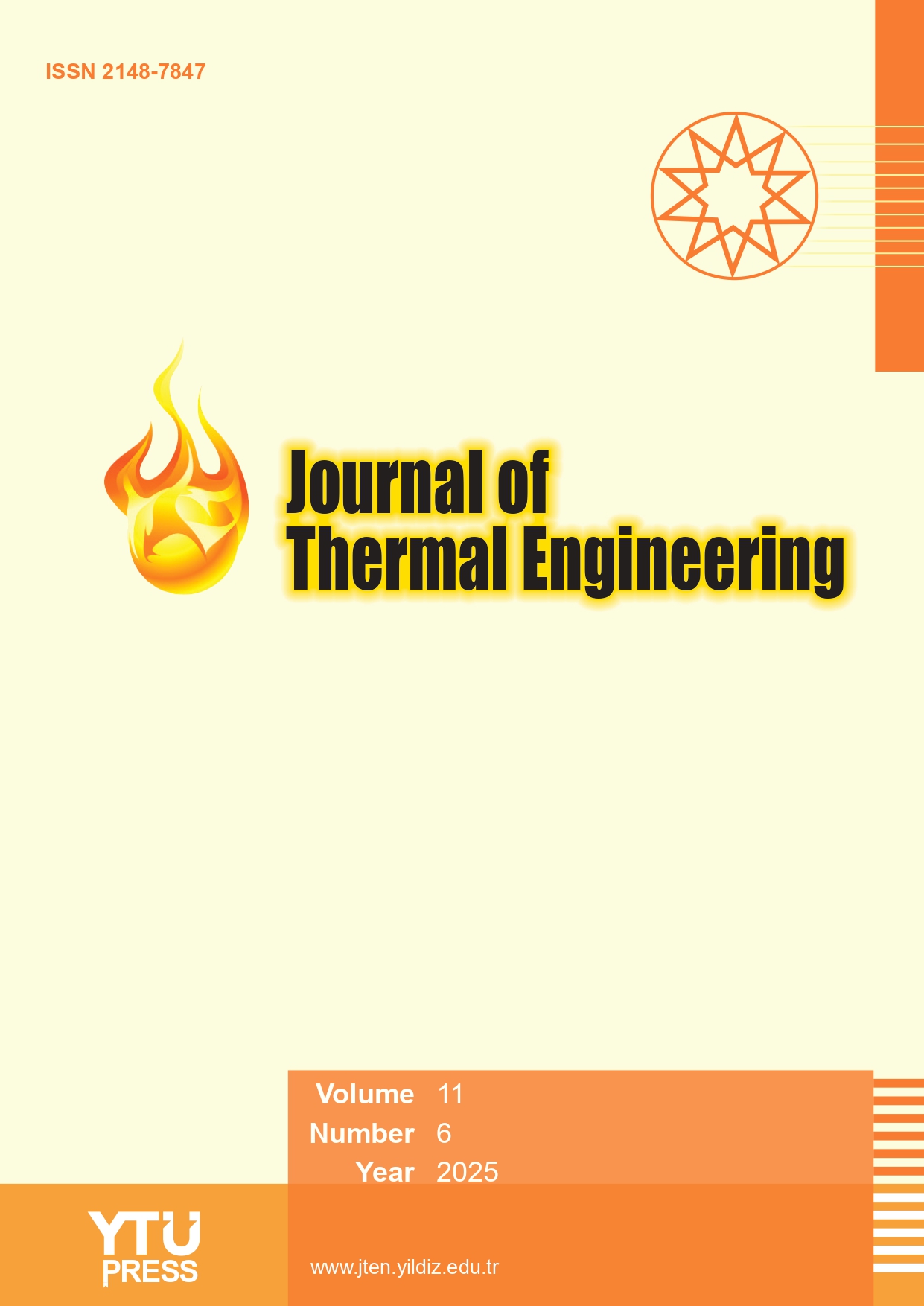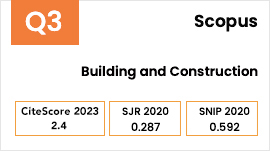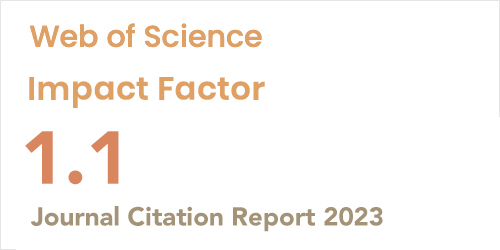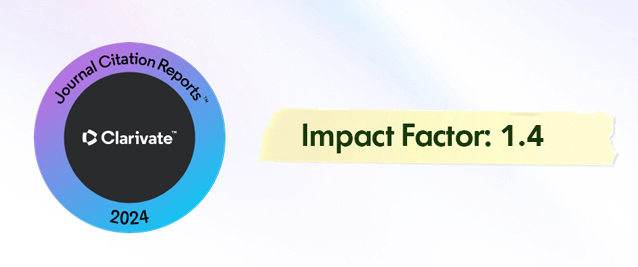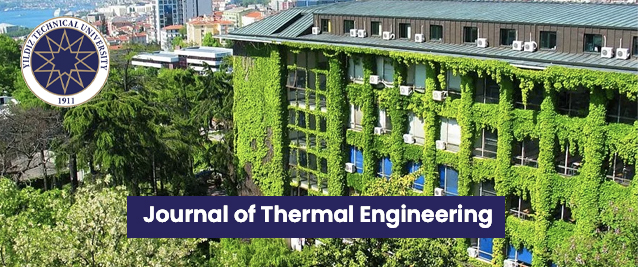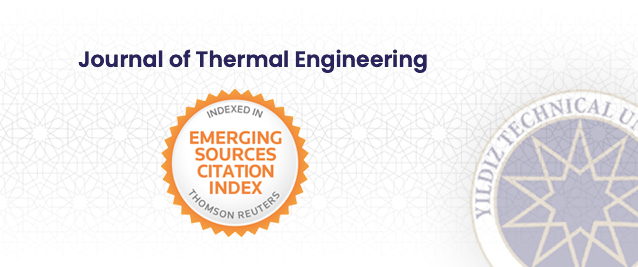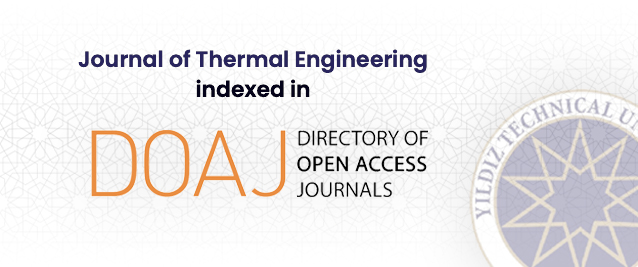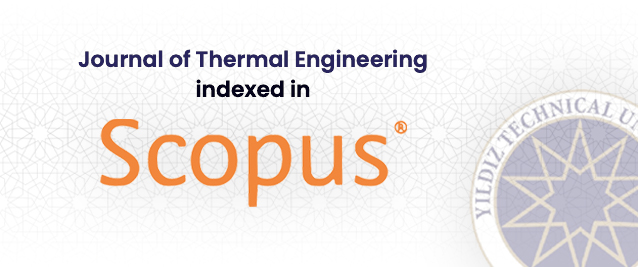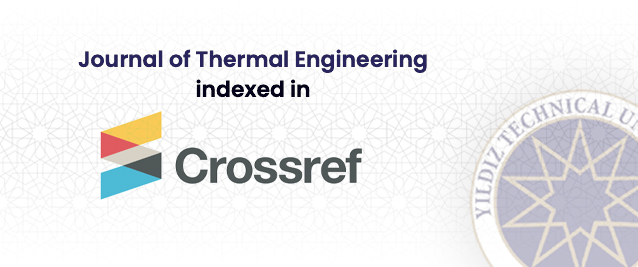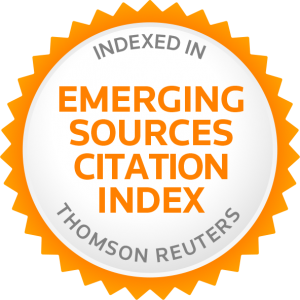Abstract
This study investigates the application of gasification as a thermal conversion technology for converting textile waste into a viable energy source. Waste of either form has significant potential as a source of alternate energy, but there is a deficiency of research specifically studying the gasification of textile waste or textile-based refuse-derived fuel. This study intends to develop a specific thermodynamic model for analyzing the conversion of textile-based refuse-derived fuel, which is a unique knowledge. The study synthesizes three RDF compositions using textiles and significant components of municipal solid waste as complementary materials. A parametric analysis is performed utilizing the thermodynamic model derived from the principle of minimizing Gibbs free energy. The findings indicate that gasification can provide a valuable fuel gas composition, demonstrating its viability as a waste-to-energy technique for addressing the particularly concerning textile waste. The investigations suggest that the influence of the equivalence ratio on gas composition is more substantial compared to that of the reaction temperatures. In the gasification process, the composition of the gas and its total heating value are more critical when dealing with a mixture of municipal waste and textile waste compared to the gasification of a sample consisting solely of textile waste. Among the three compositions, the composite sample exhibits the highest hydrogen and carbon dioxide concentration in the product gas. The investigations conducted in this study reveal that the product gas contains hydrogen in the range of 11.11% to 19.92% by volume and carbon dioxide in the range of 17.73% to 43.53% by volume. The highest energy value of the producer gas, 10.29 MJ/kg of feed, is achieved when the reaction temperature and equivalence ratio values are at their minimum. The investigations offer a comprehensive analysis of the gasification of a particular waste stream, providing valuable insights that could potentially enhance waste-to-energy processes for sustainable energy sources.


